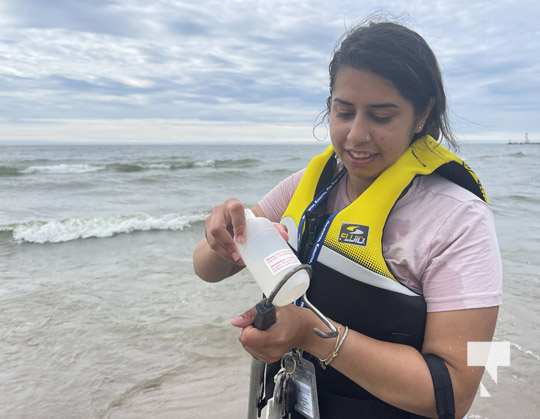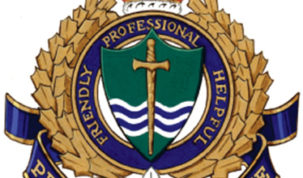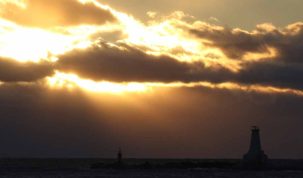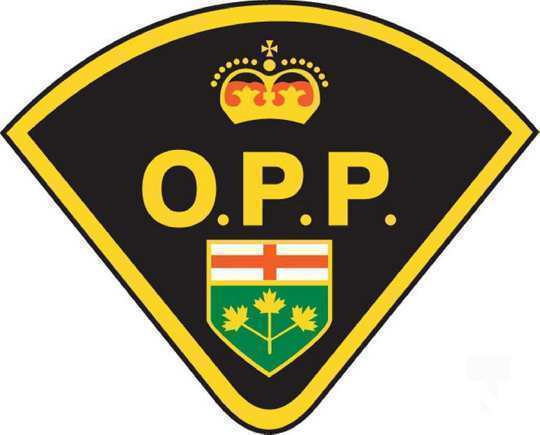HKPR District Health Unit launches its Beach Water Testing program for summer 2022.
Before making waves at area beaches this summer, the Haliburton, Kawartha, Pine Ridge District Health Unit (HKPR District Health Unit) wants people to first see if it’s safe to swim.
Starting this week, the HKPR District Health Unit is launching its Beach Water Testing program for another summer. A total of 46 public beaches in Northumberland County, Haliburton County and the City of Kawartha Lakes will be regularly sampled for E. coli through the Labour Day long weekend. Test results for each beach will be updated weekly by late Thursday or early Friday
on the Health Unit’s Beach Water Testing webpage and shared through social media channels (Facebook, Twitter and Instagram). Signs are also posted at local beaches, indicating if conditions are right for swimming or not.
Based on bacteria counts in the water, the HKPR District Health Unit uses a three-colour system to report beach water test results: Green (open), Yellow (swimming not recommended), and Red (closed).
“You wouldn’t go to the beach without taking your swimsuit, towel, and sunscreen, so taking a look at the latest beach water testing results should really be part of your beach routine,” says Bernie Mayer, Manager of Environmental Health with the HKPR District Health Unit. “We’re fortunate to have many beautiful lakes and rivers in our region that allow for swimming and other
recreational uses. Being informed can help you avoid a bad experience at the beach due to high counts of bacteria in the water.”
E. coli and high bacteria counts in the water can increase the risk of getting eye, ear, nose or throat infections, or make people sick leading to stomach cramps and diarrhea. A skin rash called Swimmer’s Itch can also surface, causing itching and redness.
There are a number of ways that beaches can become contaminated with bacteria. Storm water runoff, combined with sewer overflows, sewage treatment plant bypasses, agricultural runoff, faulty septic systems, and large populations of waterfowl like geese all contribute to water pollution. This in turn can lead to beaches being posted as unsafe for swimming. High levels of bacteria can persist for up to 48 hours after a heavy rainfall, and bacterial counts can also be affected by high winds or wave activity.
“Take the time to be informed about beach conditions to make a day at the beach fun for everyone,” Mayer adds.





















